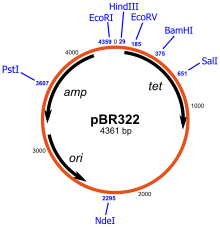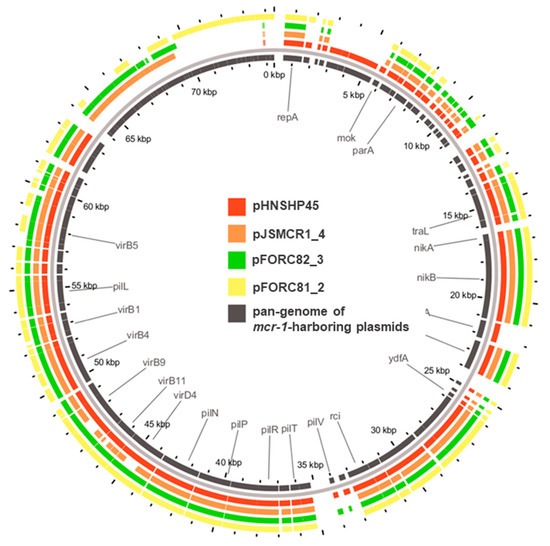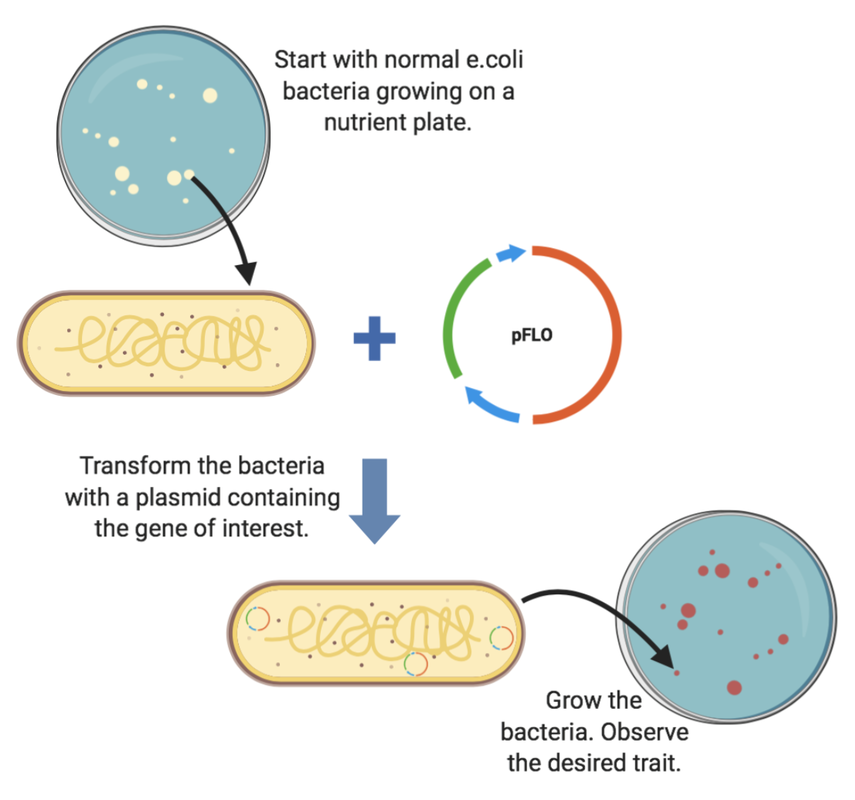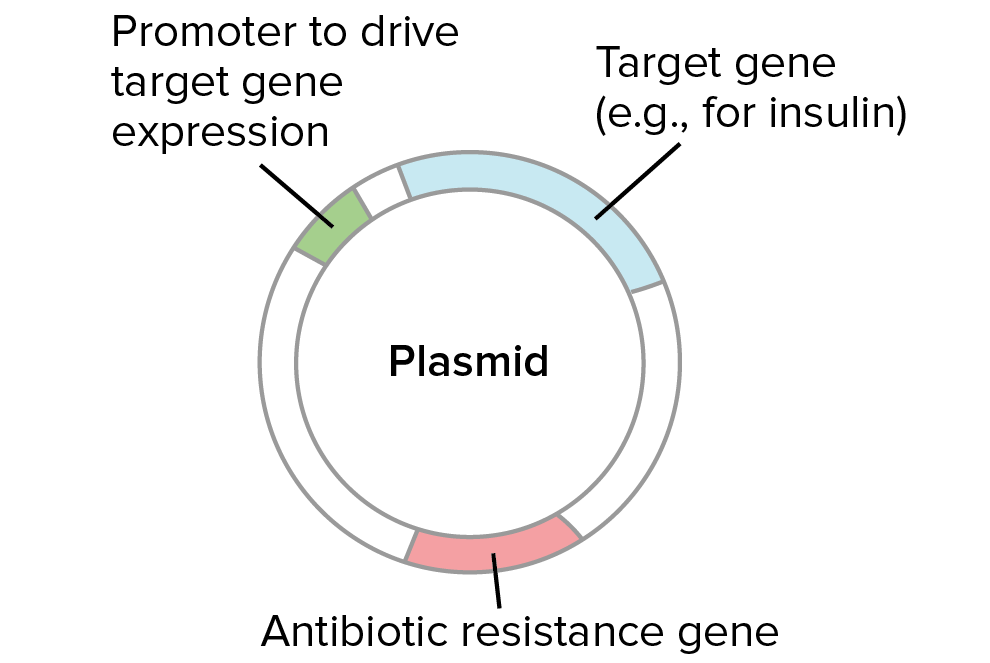Escherichia coli plasmids
Home » » Escherichia coli plasmidsYour Escherichia coli plasmids images are ready in this website. Escherichia coli plasmids are a topic that is being searched for and liked by netizens today. You can Download the Escherichia coli plasmids files here. Get all royalty-free vectors.
If you’re looking for escherichia coli plasmids images information related to the escherichia coli plasmids keyword, you have come to the ideal blog. Our site always gives you hints for seeking the maximum quality video and image content, please kindly surf and locate more enlightening video content and graphics that fit your interests.
Escherichia Coli Plasmids.
 Cprl3ejpdljvm From
Cprl3ejpdljvm From
The plasmid pUB307 a derivative of RP1 is a conjugative broad-host-range plasmid. Coli strains that produce cytotoxic necrotizing factor CNF. A set of conditions is described under which about one in every 400 plasmid molecules produces a transformed cell. Vir Plasmid Necrotoxigenic Escherichia coli NTEC strains are E. Methods to grow and maintain bacteria and vectors used to introduce foreign DNA into bacteria. They promote the dissemination of a variety of traits including virulence enhanced fitness resistance to antimicrobial agents and metabolism of rare substances.
We combined the useful properties of the pK plasmids eg multiple cloning site lacZ α.
PDNA is produced by Escherichia coli in high cell-density cultivations HCDC using fed-batch mode. Escherichia coli Plasmids and Bacteriophages. Plasmid and the E. Vir Plasmid Necrotoxigenic Escherichia coli NTEC strains are E. In 2009 almost one third 45 out of 151 of commercial biopharmaceutical recombinant proteins licensed by FDA and EMEA were produced by cultivation of Escherichia coliThis meant that nearly 30 of high-value recombinant proteins were produced by means of a plasmid. The plasmid pUB307 a derivative of RP1 is a conjugative broad-host-range plasmid.
 Source: researchgate.net
Source: researchgate.net
Colistrains harmlessly colonize the gastrointestinal tract of humans and animals as a normal flora. Vir Plasmid Necrotoxigenic Escherichia coli NTEC strains are E. They promote the dissemination of a variety of traits including virulence enhanced fitness resistance to antimicrobial agents and metabolism of rare substances. The bacteria are transformed by a combination of calcium chloride and heat shock. Plasmid DNA pDNA is a promising molecule for therapeutic applications.
 Source: claudiavickers.org
Source: claudiavickers.org
In is experiment foreign DNA is inserted into Escherichia coli in order to alter its phenotype. Colistrains harmlessly colonize the gastrointestinal tract of humans and animals as a normal flora. A set of conditions is described under which about one in every 400 plasmid molecules produces a transformed cell. As a model to study this we have chosen an Escherichia coli natural plasmid pEC156 that carries. In is experiment foreign DNA is inserted into Escherichia coli in order to alter its phenotype.
 Source: id.wikipedia.org
Source: id.wikipedia.org
Coli is a Gram-negative rod-shaped facultative anaerobic bacterium. The goal of the experiment is to transform E. The plasmid pUB307 a derivative of RP1 is a conjugative broad-host-range plasmid. Some of them are present in naturally occurring plasmids which may facilitate the spread of these systems in bacterial populations by horizontal gene transfer. Thus NTEC strains are both intestinal and.
 Source: id.wikipedia.org
Source: id.wikipedia.org
Some of them are present in naturally occurring plasmids which may facilitate the spread of these systems in bacterial populations by horizontal gene transfer. Plasmids carrying blaCMY-24 in Escherichia coli from poultry poultry meat and humans belong to a novel IncK subgroup. This microorganism was first described by Theodor Escherich in 1885. They promote the dissemination of a variety of traits including virulence enhanced fitness resistance to antimicrobial agents and metabolism of rare substances. The goal of the experiment is to transform E.
 Source: mikeblaber.org
Source: mikeblaber.org
However little is known about the routes of their dissemination. Basic techniques for DNA work using E. A comparative analysis with blaCTX-M-27-plasmids indicated that the tra-trb region of F24A-B1 plasmids was destroyed by insertion of a complex region eight isolates and a novel structure containing blaCTX-M-27 in the F18A-B10 plasmids 12 isolates. The work of Cohen et al. We have shown that this element mobilizes gonococcal resistance plasmids from Escherichia coli to Neisseria gonorrhoeae thus providing evidence that extrachromosomal elements can.
 Source: apsnet.org
Source: apsnet.org
A set of conditions is described under which about one in every 400 plasmid molecules produces a transformed cell. This microorganism was first described by Theodor Escherich in 1885. We combined the useful properties of the pK plasmids eg multiple cloning site lacZ α. Global phylogenetic analysis of Escherichia coli and plasmids carrying the mcr-1 gene indicates bacterial diversity but plasmid restriction Sébastien Matamoros ORCID. CNFs are strong toxins that cause tissue damage and host disease.
 Source: mdpi.com
Source: mdpi.com
Coli is a Gram-negative rod-shaped facultative anaerobic bacterium. Some of them are present in naturally occurring plasmids which may facilitate the spread of these systems in bacterial populations by horizontal gene transfer. CNFs are strong toxins that cause tissue damage and host disease. However little is known about the routes of their dissemination. Escherichia coli ˌ ɛ ʃ ə ˈ r ɪ k i ə ˈ k oʊ l aɪ also known as E.
 Source: researchgate.net
Source: researchgate.net
Global phylogenetic analysis of Escherichia coli and plasmids carrying the mcr-1 gene indicates bacterial diversity but plasmid restriction Sébastien Matamoros ORCID. As a model to study this we have chosen an Escherichia coli natural plasmid pEC156 that carries. Plasmid DNA pDNA is a promising molecule for therapeutic applications. Fragment sequencing with M13 primers with the broad-host-range transfer machinery of plasmid RP4 and a modified sacB gene from Bacillus subtilis. PDNA is produced by Escherichia coli in high cell-density cultivations HCDC using fed-batch mode.
 Source: researchgate.net
Source: researchgate.net
The novel structure increased the stability of the blaCTX-M-27 gene in E.
Source: journals.plos.org
CNFs are strong toxins that cause tissue damage and host disease. Without a doubt plasmids are the most important tools not only for the manipulation of E. NTEC strains are responsible for various diseases of humans and animals including UTI septicemia and diarrhea 4 13 18 39 40 135 174. This microorganism was first described by Theodor Escherich in 1885. Studies on transformation of Escherichia coli with plasmids Factors that affect the probability of genetic transformation of Escherichia coli by plasmids have been evaluated.
 Source: pnas.org
Source: pnas.org
They promote the dissemination of a variety of traits including virulence enhanced fitness resistance to antimicrobial agents and metabolism of rare substances. In 2009 almost one third 45 out of 151 of commercial biopharmaceutical recombinant proteins licensed by FDA and EMEA were produced by cultivation of Escherichia coliThis meant that nearly 30 of high-value recombinant proteins were produced by means of a plasmid. As a model to study this we have chosen an Escherichia coli natural plasmid pEC156 that carries. In is experiment foreign DNA is inserted into Escherichia coli in order to alter its phenotype. However little is known about the routes of their dissemination.
Source: researchgate.net
PDNA is produced by Escherichia coli in high cell-density cultivations HCDC using fed-batch mode. Coli strains that produce cytotoxic necrotizing factor CNF. Coli ˌ iː ˈ k oʊ l aɪ is a Gram-negative facultative anaerobic rod-shaped coliform bacterium of the genus Escherichia that is commonly found in the lower intestine of warm-blooded organisms endotherms. They promote the dissemination of a variety of traits including virulence enhanced fitness resistance to antimicrobial agents and metabolism of rare substances. Coli is a Gram-negative rod-shaped facultative anaerobic bacterium.
 Source:
Source:
Studies on transformation of Escherichia coli with plasmids Factors that affect the probability of genetic transformation of Escherichia coli by plasmids have been evaluated. Coli were modified for use as core tools in recombinant DNA technology. Fragment sequencing with M13 primers with the broad-host-range transfer machinery of plasmid RP4 and a modified sacB gene from Bacillus subtilis. In 2009 almost one third 45 out of 151 of commercial biopharmaceutical recombinant proteins licensed by FDA and EMEA were produced by cultivation of Escherichia coliThis meant that nearly 30 of high-value recombinant proteins were produced by means of a plasmid. Without a doubt plasmids are the most important tools not only for the manipulation of E.
 Source: mikeblaber.org
Source: mikeblaber.org
In 2009 almost one third 45 out of 151 of commercial biopharmaceutical recombinant proteins licensed by FDA and EMEA were produced by cultivation of Escherichia coliThis meant that nearly 30 of high-value recombinant proteins were produced by means of a plasmid. In the 1970s small high-copy-number plasmids of E. We combined the useful properties of the pK plasmids eg multiple cloning site lacZ α. Coli with pGLO plasmid which carries a gene for ampicillin resistance and determine the transformation efficiency. Plasmids carrying blaCMY-24 in Escherichia coli from poultry poultry meat and humans belong to a novel IncK subgroup.
 Source: capricorn.bc.edu
Source: capricorn.bc.edu
The novel structure increased the stability of the blaCTX-M-27 gene in E. We have shown that this element mobilizes gonococcal resistance plasmids from Escherichia coli to Neisseria gonorrhoeae thus providing evidence that extrachromosomal elements can. Escherichia coli Plasmids and Bacteriophages. Coli but also the foundation for the genetic engineering of many organisms cloning and sequencing generation of mutants and many applications in molecular biology. Here we describe small mobilizable vectors based on the Escherichia coli plasmids pK18 and pK19.
 Source: embl.de
Source: embl.de
A set of conditions is described under which about one in every 400 plasmid molecules produces a transformed cell. This microorganism was first described by Theodor Escherich in 1885. Plasmids carrying blaCMY-24 in Escherichia coli from poultry poultry meat and humans belong to a novel IncK subgroup. Escherichia coli ˌ ɛ ʃ ə ˈ r ɪ k i ə ˈ k oʊ l aɪ also known as E. Coli with pGLO plasmid which carries a gene for ampicillin resistance and determine the transformation efficiency.
 Source: hcrowder.com
Source: hcrowder.com
CNFs are strong toxins that cause tissue damage and host disease. Fragment sequencing with M13 primers with the broad-host-range transfer machinery of plasmid RP4 and a modified sacB gene from Bacillus subtilis. Coli is a Gram-negative rod-shaped facultative anaerobic bacterium. The work of Cohen et al. This microorganism was first described by Theodor Escherich in 1885.
 Source: khanacademy.org
Source: khanacademy.org
Coli as a tool.
This site is an open community for users to do sharing their favorite wallpapers on the internet, all images or pictures in this website are for personal wallpaper use only, it is stricly prohibited to use this wallpaper for commercial purposes, if you are the author and find this image is shared without your permission, please kindly raise a DMCA report to Us.
If you find this site serviceableness, please support us by sharing this posts to your favorite social media accounts like Facebook, Instagram and so on or you can also save this blog page with the title escherichia coli plasmids by using Ctrl + D for devices a laptop with a Windows operating system or Command + D for laptops with an Apple operating system. If you use a smartphone, you can also use the drawer menu of the browser you are using. Whether it’s a Windows, Mac, iOS or Android operating system, you will still be able to bookmark this website.